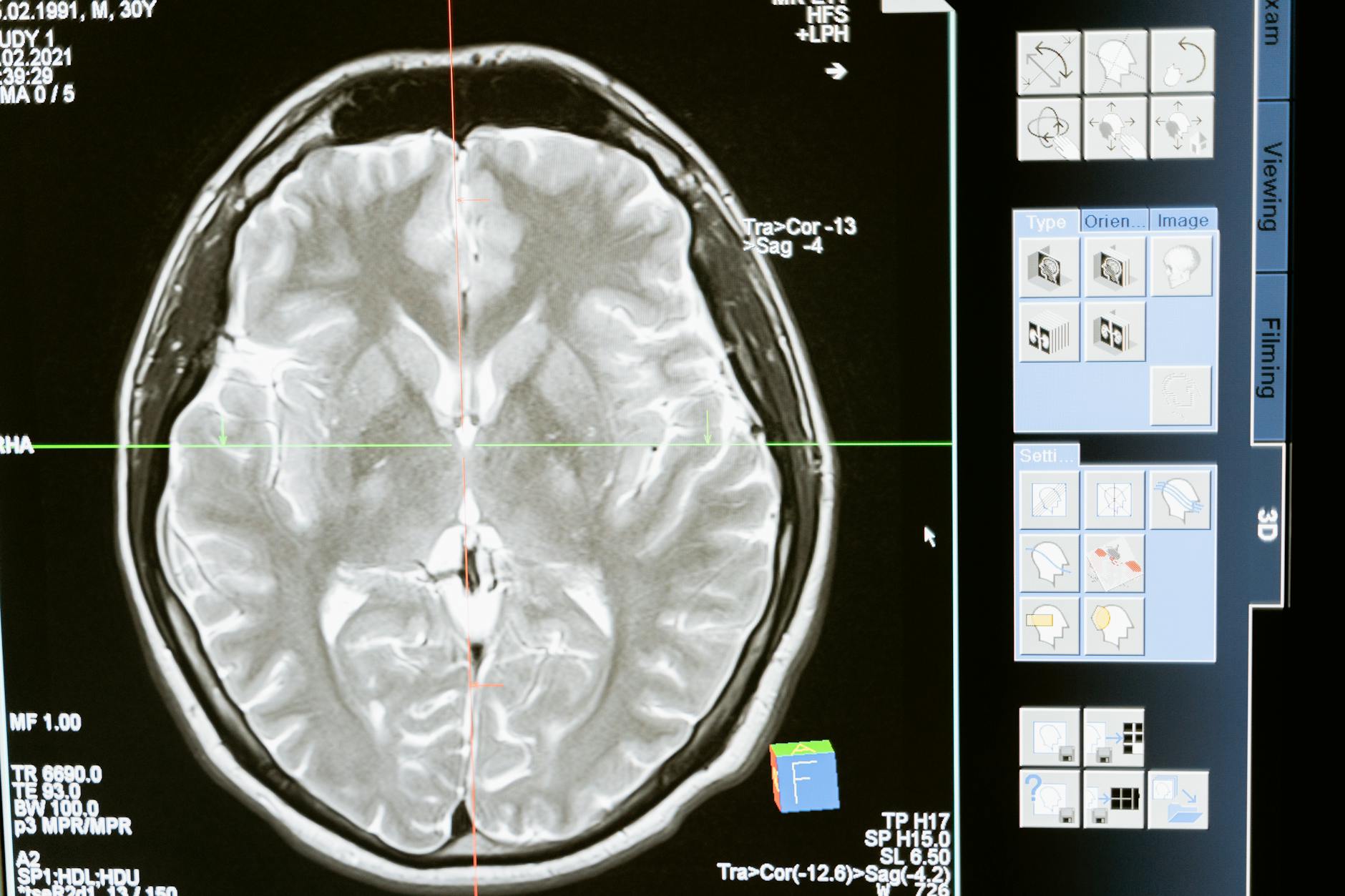Unravel the mysteries of Parkinson’s Disease with this comprehensive guide. Discover the essential facts and treatments in this detailed breakdown.
Table of Contents
Welcome to our comprehensive guide on Parkinson’s Disease. In this blog post, we will explore the key aspects of this condition, including its symptoms, diagnosis, treatment options, and tips for managing Parkinson’s Disease. Whether you or a loved one are living with Parkinson’s Disease, or you are simply seeking to understand more about this condition, we hope this information proves helpful and insightful.
Parkinson’s Disease: An Overview
Parkinson’s Disease is a neurodegenerative disorder that primarily affects movement. It is characterized by a gradual loss of dopamine-producing brain cells, leading to a range of motor symptoms such as tremors, stiffness, and difficulty with balance and coordination. In addition to motor symptoms, individuals with Parkinson’s Disease may also experience non-motor symptoms, including depression, sleep disturbances, and cognitive changes.
Diagnosis and Symptoms
Diagnosing Parkinson’s Disease can be challenging, as there is no single test that can definitively confirm the presence of the condition. Healthcare professionals typically rely on a combination of medical history, physical examination, and the presence of key motor symptoms to make a diagnosis. Common symptoms of Parkinson’s Disease include:
- Tremors
- Bradykinesia (slowness of movement)
- Muscle stiffness
- Postural instability
Treatment Options
While there is currently no cure for Parkinson’s Disease, treatment options are available to help manage symptoms and improve quality of life. Medications, such as levodopa and dopamine agonists, can help alleviate motor symptoms by replenishing dopamine levels in the brain. In some cases, surgical interventions, such as deep brain stimulation, may be recommended to control symptoms.
Managing Parkinson’s Disease
Living with Parkinson’s Disease can present unique challenges, but there are proactive steps individuals can take to maintain their quality of life. Engaging in regular exercise, following a balanced diet, and attending physical therapy sessions can help improve mobility and strength. Additionally, joining a support group or seeking counsel from a mental health professional can provide emotional support and coping strategies.
| Basics of Parkinson’s Disease | |
|---|---|
| Topic | Description |
| Definition | Parkinson’s disease is a progressive neurological disorder that affects movement. It is characterized by tremors, stiffness, slowness of movement, and balance problems. |
| Symptoms | Common symptoms of Parkinson’s disease include tremors, bradykinesia (slowness of movement), muscle stiffness, and postural instability. |
| Diagnosis | Parkinson’s disease is diagnosed based on a person’s medical history, a physical examination, and certain neurological tests. There is no specific test for Parkinson’s disease. |
| Treatment | Treatment for Parkinson’s disease aims to manage symptoms and improve quality of life. This may include medications, physical therapy, and in some cases, surgery. |
Tips for Caregivers
If you are caring for a loved one with Parkinson’s Disease, it is important to prioritize your own well-being as well. Taking breaks, seeking respite care when needed, and staying informed about Parkinson’s Disease can help you provide the best possible care for your loved one. Remember that you are not alone, and there are resources available to support you in your caregiving journey.
Conclusion
In conclusion, navigating Parkinson’s Disease requires a multi-faceted approach that addresses both physical and emotional well-being. By staying informed, engaging with healthcare professionals, and making lifestyle adjustments, individuals with Parkinson’s Disease can continue to lead fulfilling lives. Whether you are living with Parkinson’s Disease or supporting someone who is, remember that help and support are always available.
What are the risk factors for developing Parkinson’s Disease?
The exact cause of Parkinson’s Disease is not fully understood, but factors such as age, genetics, and environmental toxins may play a role in the development of the condition.
How is Parkinson’s Disease treated?
Treatment for Parkinson’s Disease typically involves medication, physical therapy, and in some cases, surgical interventions like deep brain stimulation to manage symptoms and improve quality of life.
Can Parkinson’s Disease be cured?
Currently, there is no cure for Parkinson’s Disease. However, treatments are available to help manage symptoms and slow disease progression, allowing individuals to maintain a good quality of life.
How can caregivers support individuals with Parkinson’s Disease?
Caregivers can support individuals with Parkinson’s Disease by providing emotional support, assisting with daily activities, and ensuring access to medical care and support services. It is essential for caregivers to prioritize their own well-being as well to provide the best care possible.





